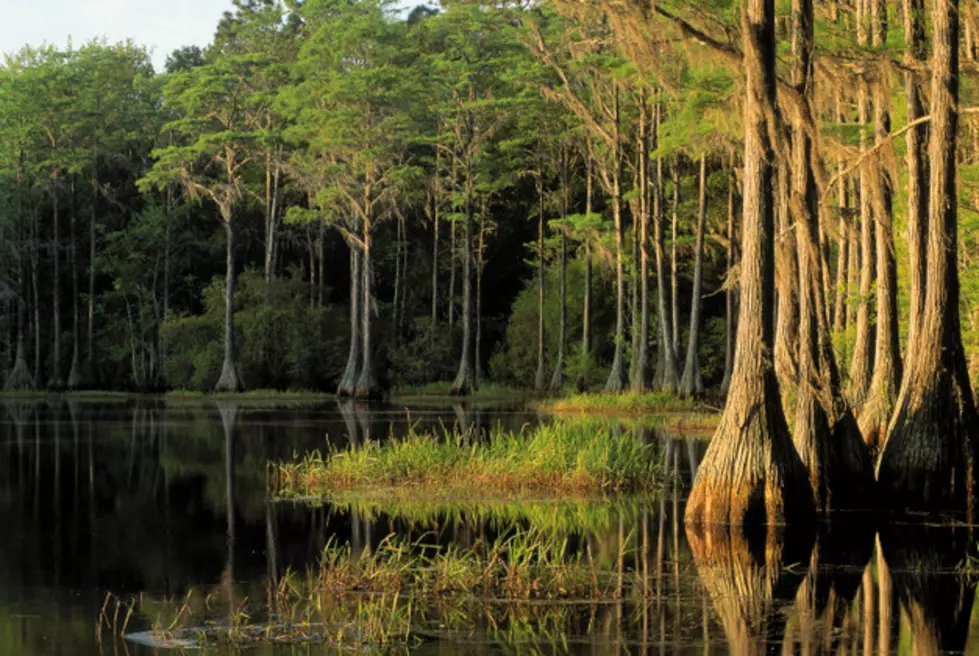
The Public Will Chime In On The Status Of 2 Invasive Trees In MA
The Massachusetts Department of Agricultural Resources (MDAR) will hold a public hearing via Zoom this Friday at 10:00 a.m. to discuss the proposed ban on Japanese Black Pine and Callery Pear/Bradford Pear. The public is encouraged to provide feedback on the Zoom call or by mailing a letter to MDAR. Written testimony can be emailed to taryn.lascola@mass.gov .Testimony can also be mailed to: Massachusetts Department of Agricultural Resources, 225 Turnpike Road, Southborough MA 01772 Attn: Taryn LaScola. Letters will not be accepted after 5:00 p.m. on Friday
To utilize The Zoom link, dial by your location: (646) 931-3860, (646) 558-8656 OR (312) 626-6799 Webinar ID: 850 8701 8665 Passcode: 349732
Currently, there are over 140 plants on the bay state's prohibited plant list which was created in 2005 to designate certain plants as invasive throughout the Commonwealth. Each year, new species are added to the list in hopes of preventing residents from spreading these invasive plants into their communities.
The Japanese Black Pine, also known as pinus thunbergiana is a small evergreen tree that can reach anywhere from 20 to 30 feet in height and it could be confused with the Austrian pine tree, which is also not native to the United States. Their needles can be 7 to 12 centimeters long and produce male and female cones. The bark is gray on young trees and change to black on larger branches.
Japanese black pine trees are prevalent in northeastern China, the coastal areas of Korea and Japan. You can find these trees on the forest edge, shrublands or thickets and they have the ability to grow in a wide range of soil types.
The other species, Callery Pear also known as Pyrus calleryana is a small tree that is native to eastern Asia. It was brought to the United States in the early 20th century as a way to fight the blight of pear trees. They have the tendency to bloom during the spring months, displaying white blossoms before the leaves emerge.
The tree can not self-pollinate but if more than one is planted in an area it can produce small, hard, green fruit. It's flowers are known for producing a foul odor, often compared to rotting fish or dirty baby diapers. GROSS, if you ask me!
Callery Pear is listed on five other state’s Prohibited Plant lists including Ohio, Pennsylvania, South Carolina, Maine and Delaware. The tree has been observed in the greater Springfield area, Northampton and Amherst with other locations in eastern Massachusetts.
BOTTOM LINE: Take action and chime in this Friday. let your voice be heard in this matter.
(Some information obtained in this article courtesy of a story that aired on 22News, WWLP-TV, the NBC affiliate in Springfield, Massachusetts, with background also available at https://plants.ces.ncsu.edu/plants/pinus-thunbergii/ and https://mortonarb.org/plant-and-protect/trees-and-plants/callery-pear-not-recommended/)
LOOK: Must-do activities at every national park
Gallery Credit: Angela Underwood
More From WSBS 860AM









